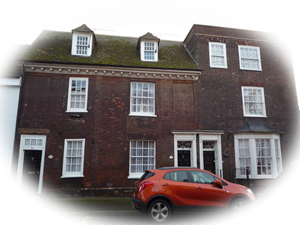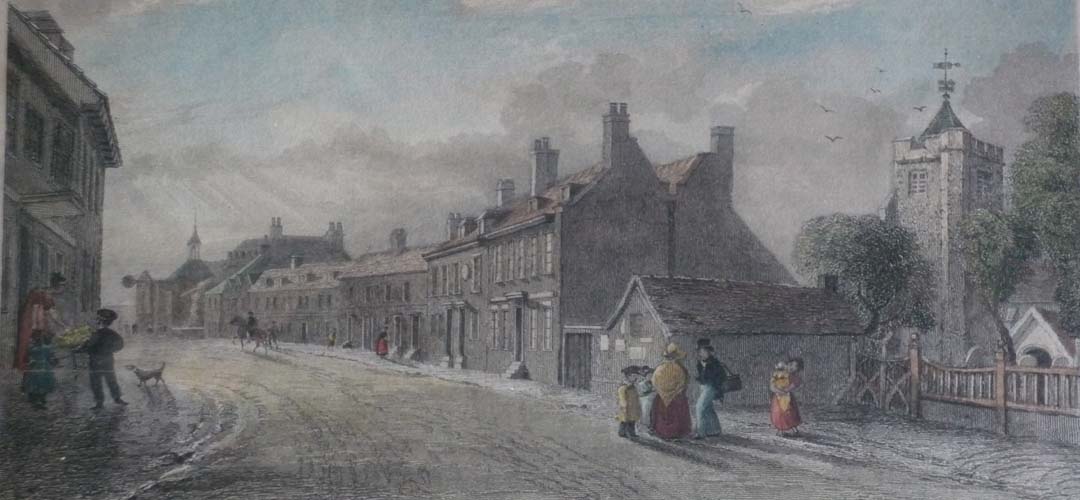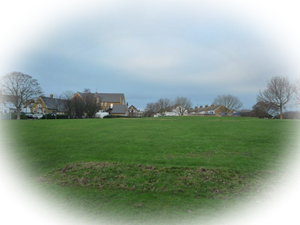
Queenborough Castle was built between 1361 and 1377 as part of Edward Ill’s plans to build a new town and port on the Isle of Sheppey. Its design was not only unique, but quite revolutionary in its conception.
It consisted of two concentric lines of walls, both perfectly circular, the innermost one having six massive circular towers equally spaced along it.
Here are some impressions of how it might have looked.
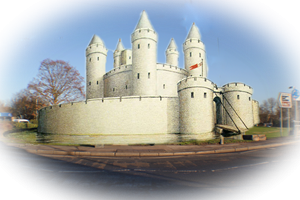
Arranged around the circular court yard of the inner bailey was once a palatial suite of rooms, now, alas, completely gone, and from the tops of the towers a clear view would have been had for miles around.
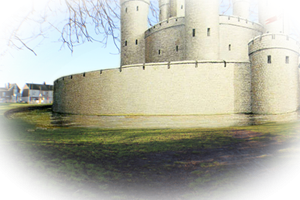
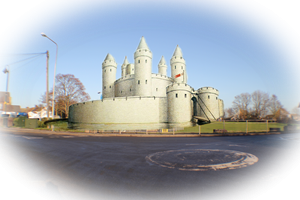
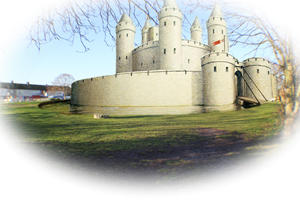
The castle was of advanced tactical design for the bow and arrow age being built for this type of warfare. The castle building was under the supervision of Yevele who was Edward Ill’s master mason and is famed for his work on Canterbury Cathedral, the Nave and Chapter House.
During the castle’s life it was patronised by many monarchs, among whom Richard II, Henry VIII, Elizabeth I and Charles I all contributed much towards its maintenance in recognition of its strategic defence role.
It was only besieged once, when a party from the main body of rebels under Jack Cade assaulted the castle. It would appear that this small party was led by John Cokeram (Mayor of Queenborough) and nine or ten inhabitants of Queenborough. They were driven off by the determined resistance of the Constable and his small garrison. These rebels were afterwards taken prisoner and tried for rebellion. The Commonwealth Government, however, subsequently chose to dismiss the Castle as outdated and a liability upon the state, and it was accordingly demolished in 1650.
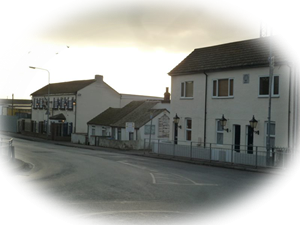
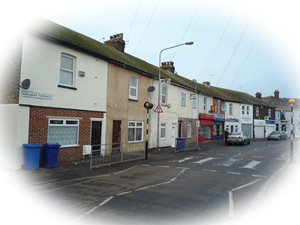 Continuing past Rushenden Road and down Railway Terrace we find the original Queenborough school and the Queen Philippa which has been transformed from a public house into a hotel.
Continuing past Rushenden Road and down Railway Terrace we find the original Queenborough school and the Queen Philippa which has been transformed from a public house into a hotel.
Part of the old School building nearby is now used by the Library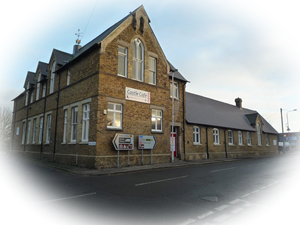 .
.
The main part of the old school has now been renovated and put to use as a community centre – ‘Castle Connections’ – where there is a cafe, many activities and rooms for hire.
It is well worth diverting down the alley, a short way beside the Queen Philippa, for a view of the creek, and enjoy standing on what was the Castle Wharf, the embarking point of the medieval town.
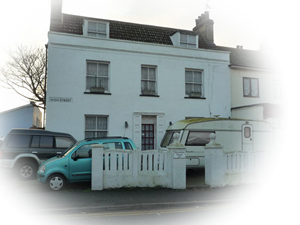
If we continue our return down the opposite side of the High Street, towards the seafront,
we first come to No 167 (called “November House”) which is another house built during the 18th century.
It is well kept and, like a number of other houses in the town, is painted, white.
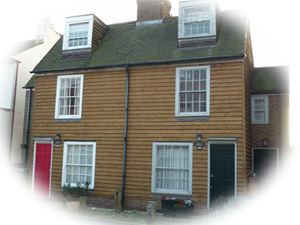 Now we come to Nos 161 and 163 which up to 1988 were both sadly neglected, but typical of what many of the smaller houses in the town would have looked like two hundred years ago.
Now we come to Nos 161 and 163 which up to 1988 were both sadly neglected, but typical of what many of the smaller houses in the town would have looked like two hundred years ago.
These have been refurbished in fine style with modern interiors but with the exteriors in keeping with that of the bygone period they depict.
The frontages of the new buildings having a weather board look which was a feature of the original cottages.
Passing two more 18th century houses, Nos 149 and 151,  we arrive at No 127
we arrive at No 127 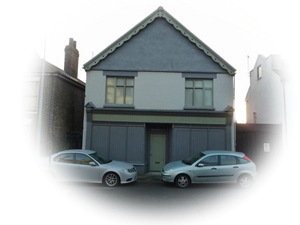 which was the old pre war Co-op store.
which was the old pre war Co-op store.
In 1989 the shop frontage was discreetly renovated in the style of the old store to become “The Sea Angling Centre”. Since then it has been converted to living accommodation.
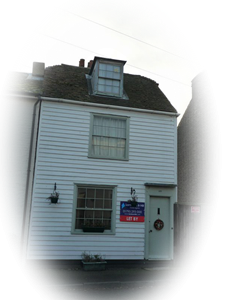
We arrive next at No 121, another weather-boarded house dating from the early 19th century.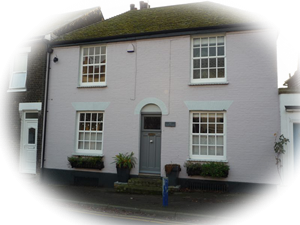
Further on up the High Street, we come to No 101
and No 99, which, in 1984, was tastefully renovated in keeping with its original character.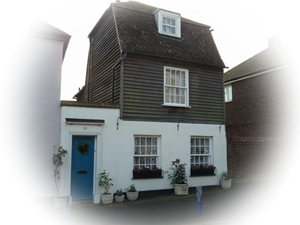
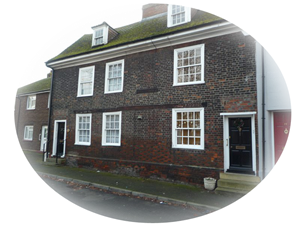
We now find ourselves opposite the Church and besides a pleasant group of houses, Nos 77-91,
which again have a nautical look and feel about them.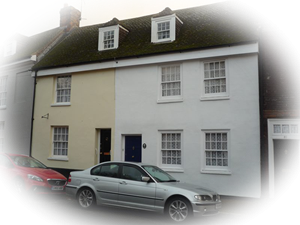
Some of these were restored by the Swale Borough Council in 1981/82.